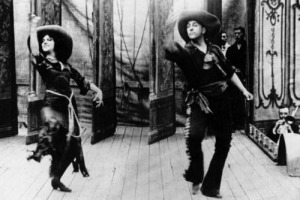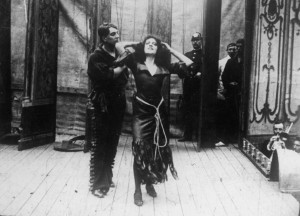This is a typical propaganda film, even the intertitles are clear
enough about it. In one of them it can be read: “President Wilson is
giving every ounce of his energy! The war workers are giving twenty-four
hours a day! Pershing[1] and millions of our boys are giving their life
blood”. Clear enough, right? So, before you think this film is just a
simple piece of propaganda and there is no reason to watch it, let’s
talk about Mary Pickford and how good she is in this film.
Regardless
of any political view whatsoever, this film is worthwhile, as Mary
Pickford shines in it. She looks as cute as ever within the last
fashion. Already a superstar in 1918, she was personally involved
together with fellow stars Douglas Fairbanks and Charlie Chaplin in
helping the sale of Liberty Bonds, which was a war bond sold in the
United States to support the allied cause in World War 1. Being the
speakers of an official patriotic campaign of the American government
meant that actors had obtained a high level of respectability as people
capable of influencing the opinions and choices of a whole country.
Things weren’t really like that when most actors’ of Mary Pickfords’
generation started in films, specially in the previous decade, but that
was changed relatively fast.
Mary’s
acting does not disappoint in any minute. She started acting on stage
when she was a child and always did whatever she could to improve her
technique. As a result, she was an experienced actress already in her
teens. Her debut in cinema was in 1909 in Biograph studios, just one
year after filmmaker D.W. Griffith had joined. Although, as usual, she
plays a nearly virginal girl with noble heart, she does not play here a
child role and can show much of her versatility as an actress. Here she
is a selfless girl who realizes the importance of not spending money
with unnecessary things and use this money to purchase liberty bonds and
help her country. We must not forget that Pickford was a Canadian in
real life and IMDB web site says that when this film was launched in
Canada, it was named “One Hundred Percent Canadian”.
In
1918 Mary was already the first mega star of films, famous and beloved
worldwide. She saw films as a work of art and she was personally
involved in every aspect of film production. In this film, for instance,
Mary wrote the scenario. As she was such good and successful actress,
she obtained a level of artistic independence that was unprecedented for
the time. And she made a wonderful use of that to make films that were
better and better
She
was so beloved by the audiences that she became admired as a person
too. Not only as a great businesswoman, but her way of dressing, her
marriage with Fairbanks in 1920 and her charity work became symbols of
stardom wherever she went. And that was already in 1910ies. Isn’t it
wonderful?
All in all, no matter what you think about the film’s plot, this cute
little girl with a big TALENT called Mary Pickford will put a smile on
your face. A good and intelligent actress, who will likely make you fall
in love with her films. And here you are some pictures that prove how
beautiful Mary looked throughout the film and how her clothes were
beautifully chosen.
[1]
John Joseph "Black Jack" Pershing (September 13, 1860 – July 15, 1948),
was a general officer in the United States Army who led the American
Expeditionary Forces in World War I. Pershing is the only person to be
promoted in his own life time to the highest rank ever held in the
United States Army—General of the Armies (a retroactive Congressional
edict passed in 1976 promoted George Washington to the same rank but
with higher seniority[1]). Source: Wikipedia
http://en.wikipedia.org/wiki/John_J._Pershing Accessed on August05th
2013
Further reading and materials:
1. A deep and detailed research on every aspect of Mary’s life and
artistic and business output. It is discussed many aspects of her art,
such as the wardrobe of her films, for instance, among many others. As a
bonus it is provided many beautiful and rare pictures of Mary before
and behind the screen. A feast for the eyes and mind. Mary Pickford:
Queen of the Movies Hardcover by Christel Schmidt (Editor)
http://www.amazon.com/Mary-Pickford-Movies-Christel-Schmidt/dp/0813136474
2. This book gives a good overview in main aspects of Mary’s life and
work. It´s indicated for those who want a fast reading in order to have a
good overview of her. Mary Pickford: Canada’s Silent Siren, America’s
Sweetheart by Peggy Dymond Leavey
http://books.google.com.br/books?id=4kpQm2BLYigC&printsec=frontcover&dq=mary+pickford,+peggy&hl=pt-BR&sa=X&ei=bJ8JUqXlHNWr4AOlhIHYCA&ved=0CDEQ6AEwAA#v=onepage&q=mary%20pickford%2C%20peggy&f=false

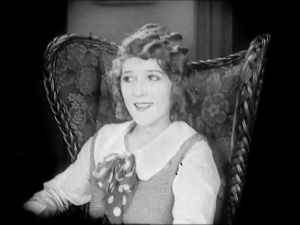
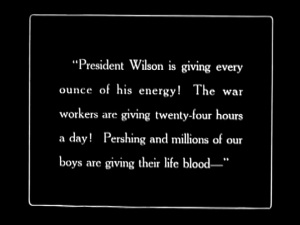

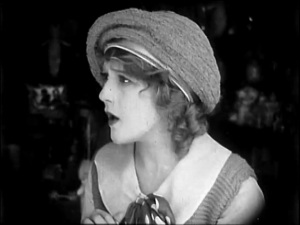
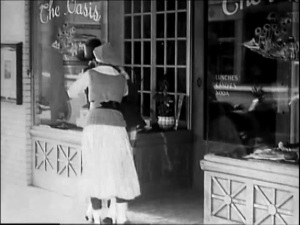
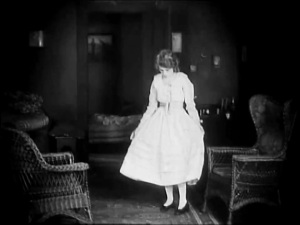





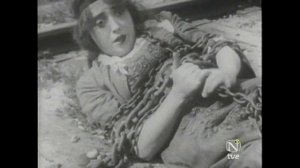
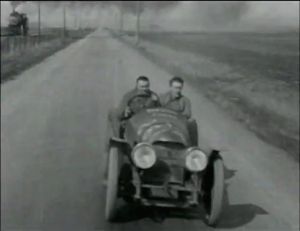





+-+Herbert+Brenon+-+1923.jpg)











++-+Reginald+Barker+-+1925.jpg)


